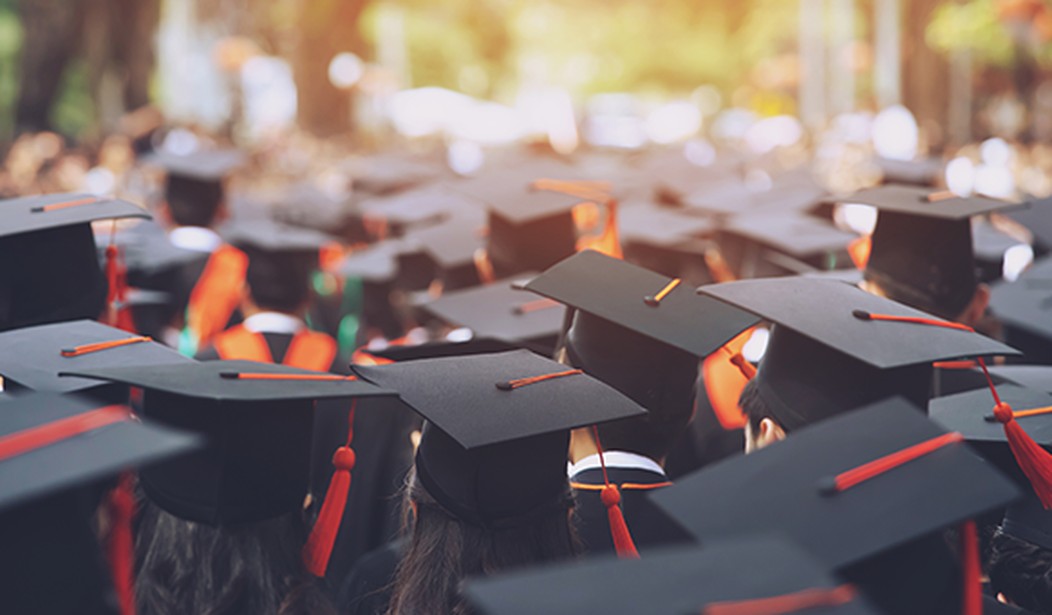The Supreme Court heard arguments on the constitutionality of the president’s program to forgive $10,000 in student loan debt for those making less than $125,000 and $20,000 for those who received Pell grants for low-income families. Lower courts have ruled that canceling the debt was beyond the scope of the president’s authority.
The legal doctrine involved is what’s come to be known as the “major questions doctrine.” Justice Neil M. Gorsuch explained the doctrine’s rationale in a concurring opinion in the case that eliminated the workplace vaccine mandate.
“It ensures that the national government’s power to make the laws that govern us remains where Article I of the Constitution says it belongs — with the people’s elected representatives,” he wrote. “If administrative agencies seek to regulate the daily lives and liberties of millions of Americans, the doctrine says, they must at least be able to trace that power to a clear grant of authority from Congress.”
The court invoked the doctrine in ruling against the EPA on climate change. Chief Justice Roberts said the doctrine applied in cases of unusual significance and was meant to address “a particular and recurring problem: agencies asserting highly consequential power beyond what Congress could reasonably be understood to have granted.”
The word “reasonably” is what’s at issue. Conservative courts interpret that word in an entirely different manner than liberal courts. Indeed, for the left, there is no “unreasonable” interpretation of the exercise of statutory authority if it meets liberal social-justice goals.
Recommended: Are Universities Doomed?
The questions asked by the justices of those presenting their arguments showed a deep skepticism among conservatives about the immense scope of the loan forgiveness program.
Justice Kavanaugh asks whether forgiving student loans in the name of the pandemic is an abuse of presidential emergency powers. The solicitor general, Elizabeth Prelogar, again argues that this program is just about benefits, which is less consequential than regulatory intrusions on individual rights by the government.
The question of standing may yet derail efforts to end the loan forgiveness program. In one suit brought by six GOP states, a lower-court judge ruled that even though the plaintiffs presented “important and significant challenges to the debt relief plan,” since they suffered no direct injury as a result of the debt relief program, they were unable to prevail. But another appeals court ruled on a different kind of “direct” injury to the states.
The appeals court focused on the possibility that a nonprofit entity that services federal loans, the Missouri Higher Education Loan Authority, might fail to make payments to Missouri if the program were allowed to proceed.
James A. Campbell, Nebraska’s solicitor general, said the loan authority’s own potential losses were enough to confer standing because it is effectively an arm of the state of Missouri. But liberal justices noted that the authority is a distinct corporation that chose not to challenge the loan forgiveness program.
Another student-debt forgiveness case is being heard directly after this one. And the wild card is that even some conservative judges might agree with Justice Sotomayor about the enormous harm done to millions of people.
Justice Sotomayor said she was concerned about the millions of borrowers who would struggle to make their loan payments if this relief is not granted. “The evidence is clear that many of them will have to default,” she said. She sounds very skeptical about giving judges, not the education secretary — “the person who has experience with these questions” — the power to make the decisions here.
What Sotomayor and other liberal justices don’t acknowledge is that a large percentage of student loan debt is from post-graduate education. Forgiving the debt of doctors, lawyers, and other white-collar professionals is not how the program is being sold. In fact, 60% of student debt is held by the top 40% of households.
The highest-income 40 percent of households (those with incomes above $74,000) owe almost 60 percent of the outstanding education debt and make almost three-quarters of the payments. The lowest-income 40 percent of households hold just under 20 percent of the outstanding debt and make only 10 percent of the payments.
But as the Times notes, the election year gimmick worked. SCOTUS may find the program unconstitutional but it has already served its purpose. According to CNN, “While voters as a whole split about evenly on the matter, with 50 percent supporting it and 47 percent opposing it, according to CNN exit polls, the program had far higher approval from younger voters, who broke decisively for Democrats.”
A decision on both student loan forgiveness cases is expected in June.
